Lawmakers said a temporary reduction in rice import tariffs to 10 percent is a “viable solution” to the current rice price problem, pending presidential approval as Congress is out of session and with just three weeks left before a month-long recess.
The lawmakers were generally in favor of ensuring that all necessary options are taken to meet local demand and reduce consumer prices of rice. The tariff reduction will also not affect the implementation of the Rice Competitiveness Enhancement Program as the PHP10 billion tariff revenue needed to fund the program has already been met by this year’s revenues.
 |
The reduction in rice tariffs should be accompanied by stronger procurement activities by the National Food Authority (NFA) to ensure that surging imports do not depress farmgate prices. However, the long-term and sustainable solution remains to produce more rice domestically in a climate-resilient manner.
In fact, the government has already achieved a 3% increase in rice harvests by 2023. The Philippines is poised for a bumper harvest this year and needs to reduce its dependence on rice imports to protect itself from fluctuations in the rice trade. Finance Secretary Benjamin Diokno said that while price controls, when carefully calibrated and strictly implemented, are effective in the short term, they can also have adverse effects if extended over a longer period.
The President has directed the economic team to implement measures to mitigate the negative impact of price controls on rice retailers and farmers, thereby adopting a comprehensive approach to help ensure that rice supplies remain adequate at reduced prices. The Ministry of Finance is also encouraging the private sector to import rice in a timely manner; fully implementing the super green lane that allows the use of electronic data interchange to allow for pre-processing and clearance of shipments by top-qualified importers; and working with concessionaires and road operators to temporarily waive increased tolls for trucks transporting agricultural goods.
The Philippine Finance Minister also expressed optimism that President Ferdinand Marcos Jr. will approve the proposal to cut tariffs on imported rice and that the measure could be implemented as early as next month.
The financial and economic planning agencies are proposing to cut tariffs on rice imports to 0 to 10 percent, from the current 35 percent, as the government seeks to ease inflationary pressures. The country is one of the world’s biggest buyers of the grain. Retail rice prices continued to rise in August, pushing up Philippine inflation, which rose for the first time in seven months to 5.3 percent year-on-year.
Economic Planning Secretary Arsenio Balisacan also said inflation was the government’s “most immediate concern” and efforts were being made to bring it down. The Philippine economy grew 4.3% in the second quarter from a year earlier, the slowest pace in nearly 12 years, as high inflation and interest rates weighed on consumer demand. That brought first-half growth to 5.3%, below the government’s target of 6.0%-7.0% for the year. However, the government remained confident of achieving “at least the lower end of that range.”
Source link












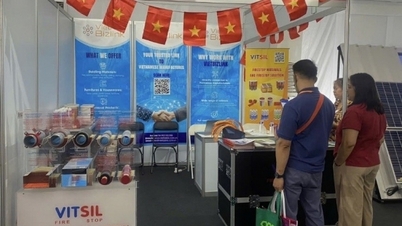
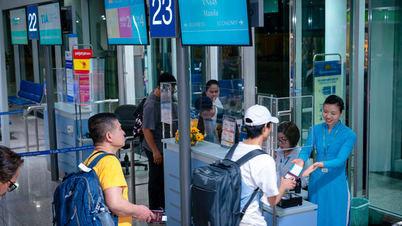

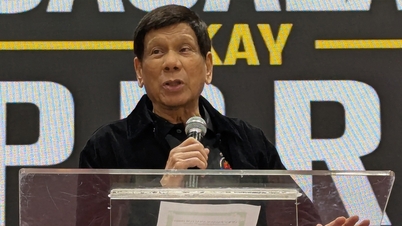


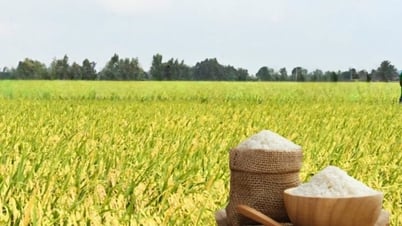





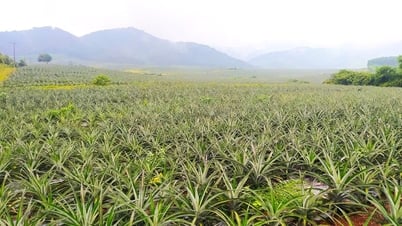








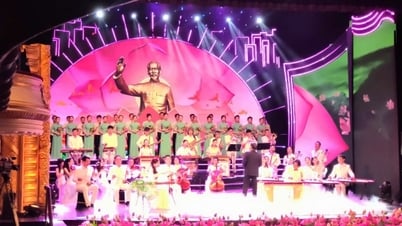
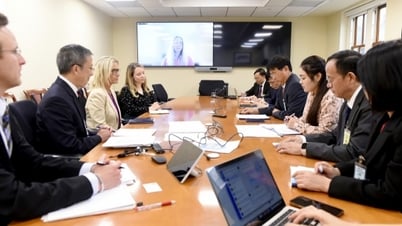
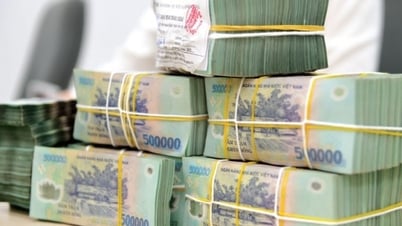
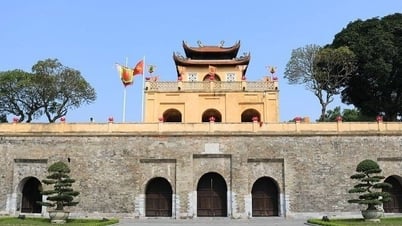



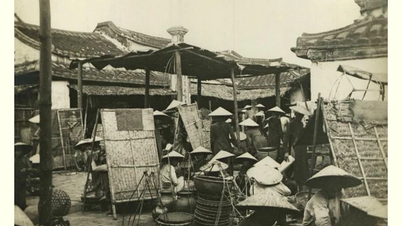





















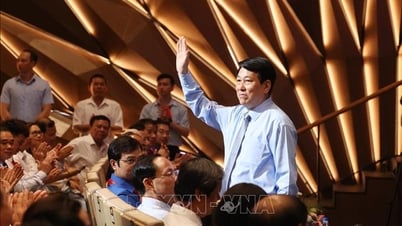

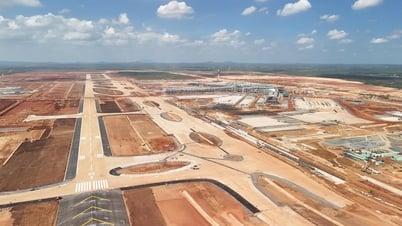





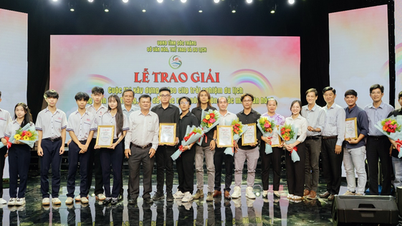



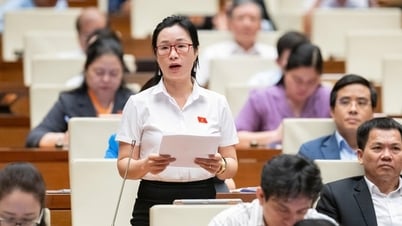



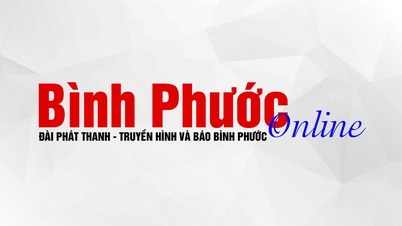

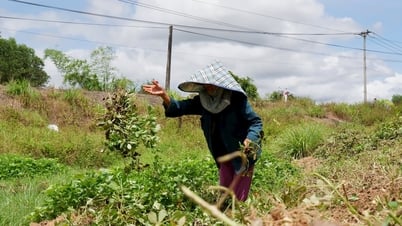

















Comment (0)